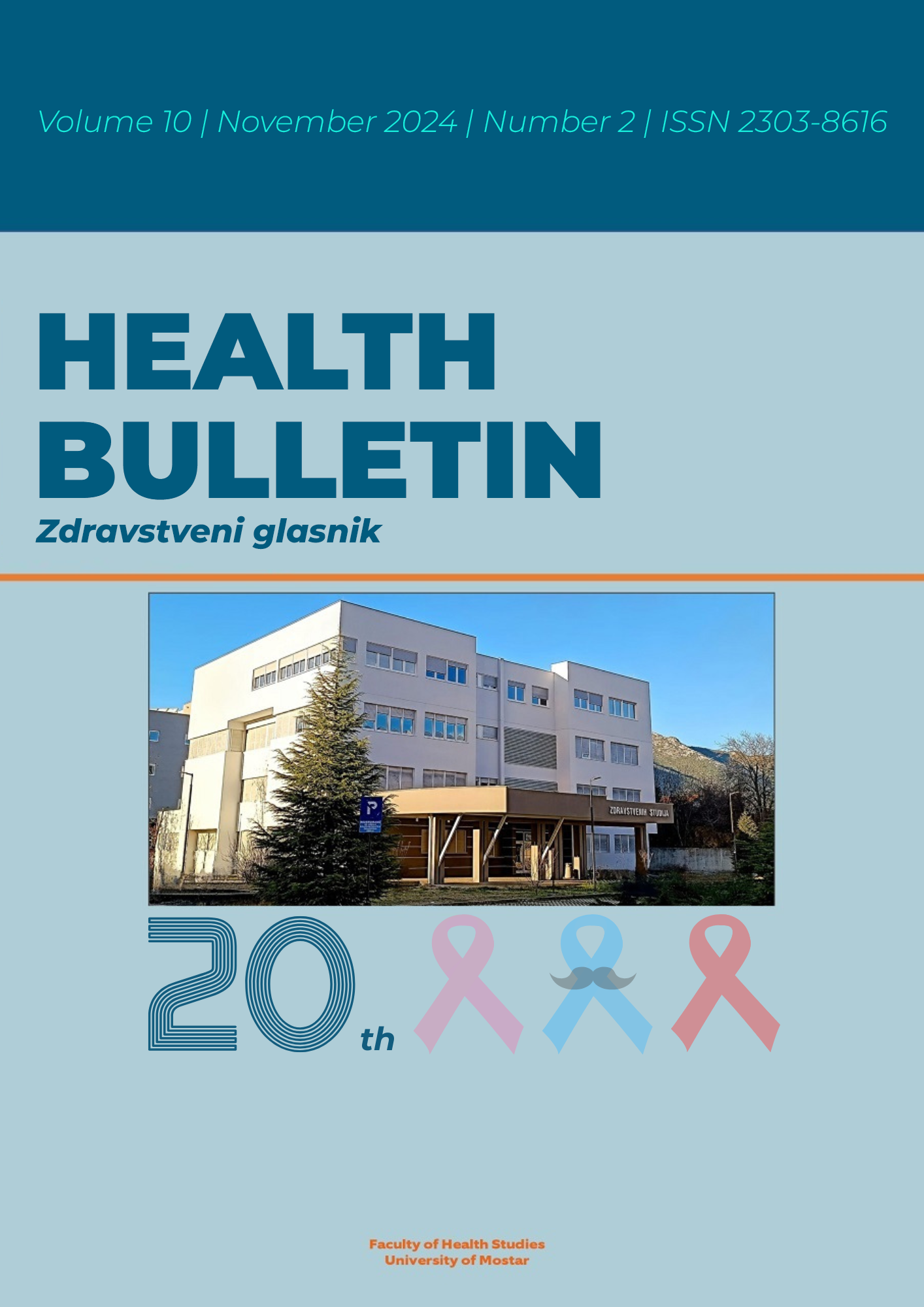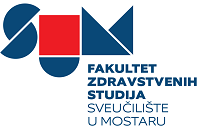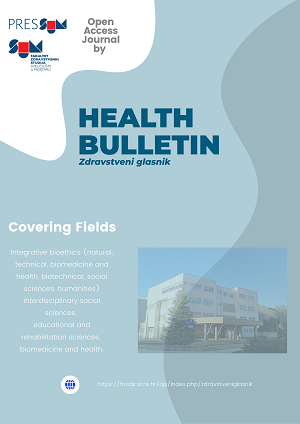CLINICAL AND LABORATORY CHARACTERISTICS OF PATIENTS WITH MYASTHENIA GRAVIS: AN EXPERIENCE FROM UNIVERSITY CLINICAL HOSPITAL MOSTAR
Keywords:
: myasthenia gravis, anti AChR, anti MuSK, pyridostigmine, corticosteroidsAbstract
Introduction: Myasthenia gravis (MG) is an important health problem that affects significant number of patients. Proper understanding of the disease characteristics is important for adequate therapeutic approach.
Aim: T he aim of our study was t o determine clinical and laboratory characteristics of patients with MG that were cured at the University Clinical Hospital Mostar.
Subjects and methods: Data from the University Hospital Mostar Registry were used. In our study, we included all patients with MG (n=39), over the age of 18, regardless of gender, who regularly visit outpatient clinic. We analyzed following parameters: age, gender, clinical presentation, antibodies (AChR, MuSK), associated comorbidities, therapy, disease history, thymus pathology and applied treatment.
Results: MG occurred more often in female patients (58%). In female patients, MG occurred mostly at the age range from 30 70 years, compared to male patients where MG mostly occurred at the age range from 50 90 years. Generalized form of MG was present in 74.36% of patients, and 25.64% had the ocular form. Anti AChR antibodies were positive in 78.38%, anti MuSK in 5.41% and 16.22% of patients were seronegative. The prostigmine test was
positive in 97.37% and negative in 2.63% of patients. Among the initial symptoms, the most patients had ptosis and fatigue, while dysarthria, dysphagia, and diplopia were less common signs.
Conclusion: Based on our study we can conclude that MG mostly affects older female population. The most of the patients had positive Anti AChR antibodies and positive prostigmine test.
















